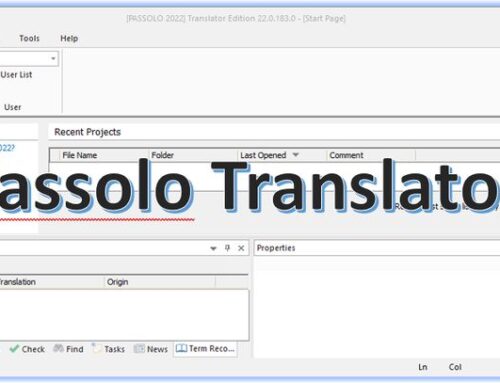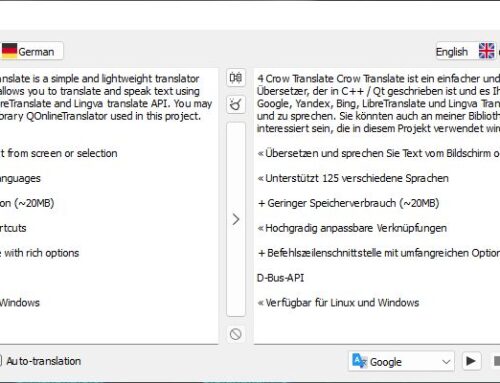The free XLIFF Editor is a versatile open-source translation editor using the XLIFF standard. It aims to provide translators with a quality editor for documentation and software. It features tag protection and interactive Translation Memory.
Highlights:
- Versatile: it can be used for both software and documentation
- Sentence segmentation
- Tag protection
- Interactive Translation Memory
- File format based on XLIFF standard
- Platform independent
- Open source (GPL License)
The XLIFF editor is especially useful when the content to be translated contains tags and placeholders. It aids the translator by protecting tags and only allows translatable content to be changed.
Status:
The Editor is ready for basic translations of XLIFF documents. It only supports a subset of the XLIFF standard and is not guaranteed to work with XLIFFs in the wild. However, the vast majority of XLIFF documents out there should be supported. The major features missing are full XLIFF compliance, tag verification, spell check, and overall polish.
Note: The author of this tool stopped development due to a lack of time. However, we tested the tool a while ago (early in 2019) on Windows 10, and it still worked fine.
Available for: Windows
Do you need this XLIFF Editor?
If you have a CAT or Translation Memory Tool like OmegaT, memoQ, TRADOS, or something similar, then you do not need this application. All of these tools can handle XLIFF files just fine. This application is only useful if you don’t own a professional translation tool but need to translate an XLIFF file.
What exactly is XLIFF?
XLIFF is a kind of standard file format for the purpose of translation. As a translator, you know that many different file formats need to be translated for every kind of project. It starts from simple text files and goes through more complex formats of text processors (e.g., MS Word, OpenOffice, etc.) all the way to PDF files.
Instead of dealing with all those different formats, it would be much easier to deal with a standard format. And this is where XLIFF comes in.
XLIFF consists of blocks of translation units. And these translation units contain the text you need to translate. Nothing else. Everything else that would be in the original file but is not translatable stays in a so-called skeleton file.
Don’t worry. You don’t have to deal with the skeleton file. In the process, some tool (CAT tools do that internally) creates the XLIFF file and the skeleton file. The XLIFF file will be provided to you for translation. Once you finish the translation, the (CAT) tool will merge the XLIFF file and the skeleton file into the original format.




